The essentials for getting started
As we explained when detailing the various stages of implementation, you don't need to have all the materials in order to get started. The important thing is to focus on the material which will help the children to become autonomous. So whatever the age of the children in your class, we recommend that you offer activities they are already familiar with - Kaplas, jigsaws, beads, plasticine, board games, etc., as well as practical activities which will enable the children to acquire a solid level of autonomy by developing their executive skills. Next, you need to offer the children a sufficient range of activities to encourage them to be autonomous and actively engaged: sense refinement activities, geography, botany and art activities. Language and maths activities can wait until later. You'll notice below that during the first term of the experiment in Gennevilliers we only had two language activities and two maths activities... As we have seen, research indicates that the best way of helping children to start learning the fundamentals is in fact to avoid focusing on the fundamentals and to concentrate instead on developing their autonomy so that the children can exercise the essential functions of their intelligence. Through their autonomous actions, they develop the resources to concentrate, memorise, persevere, plan and adjust their strategies: in other words, they are developing their executive intelligence. This means that the more autonomous the children are, the more quickly they will assimilate cultural concepts in language, mathematics, geography and music, because they have the resources to do so.
Helping young children to become autonomous
is your most important task.
As you will appreciate by now, if there is one piece of information which you need to know in order to help children to flourish in a classroom environment and more generally, it would be this: we must enable them to be autonomous.
An 'autonomous' child is one who is capable of setting goals and achieving them, of choosing an activity which they enjoy (and which is constructive for the child), of assessing their work themselves and, lastly, of finding on their own appropriate solutions to any difficulties they may encounter when trying to achieve their objective and in everyday life in general (managing a conflict with another child, sharpening a pencil, going to the toilet properly, unfolding and putting away a mat and identifying an emotion they are feeling so that they can calm themselves down, etc.)
And in order to achieve this on their own, to choose a suitable activity and to find for themselves appropriate solutions to the difficulties they encounter, children need to have received individual support from the adult. The adult will have spent time with the child to help them choose an activity, will have taken the time to show them how to sharpen a pencil, how to unroll and put away their mat, will have taken time to find words to express the child's emotions and show them, when conflict arises, how to express their feelings towards the other child, will have taken the time to show them how to go the toilet properly, and will have taken the time to be fully present and to offer supportive guidance. The adult progressively takes more of a back-seat role, but remains on hand if needed. So helping the children to become autonomous is not at all a case of saying: 'Go ahead - now that you're big, you have to learn to manage on your own.' Although it may seem contradictory, encouraging the child's autonomy initially involves being fully present at their side to help them to create the neural paths which they will subsequently be reusing. They need you - or an older child - to show them how.
Soon enough (and to us this is the best indicator of genuine autonomy), they will not even need to ask you if 'what they've done is good or not' – they will know it themselves and will often turn out to be much more perfectionist about it than you would have dared to ask them to be. Henceforward, they will only need your help when it is really indispensable - for example, when they are trying to understand biological concepts (and even then, once they can read, they will seek out the information themselves from books) or want an object which is high up on a shelf, etc.
Materials are a good thing, but the most important resource is you.
First and foremost, you are the one – through your presence, your availability and your intelligence – who is going to individually and collectively help the children to become autonomous. It is therefore important that your yourself have effective executive skills, which is to say: a good working memory to retain the most important information at a given moment, good cognitive flexibility for adjusting your strategies and responding in an appropriate manner to individual and collective needs and, above all (you will really need this when getting started), solid inhibitory control to manage your emotions: anger, frustration, impatience, etc. Research unambiguously indicates that stress, fatigue, illness, sadness, social isolation and lack of sport greatly compromise the exercise of our executive skills. This means that if you are feeling tired, sad, isolated or ill, you won't be able to respond appropriately to the children's needs: you won't have enough energy, you'll have less patience, you'll be more irritable, you'll be less good at controlling your emotions, you'll forget that you needed to persevere with getting one child to write the date and encourage another to have another go at tying knots, and you'll find it harder to come up with an appropriate response to the difficulties which the children are encountering individually or collectively.

We need to be very clear on this point: you may very well have all the most expensive Montessori materials, a terrific classroom with colourful exotic plants, an amazing teaching assistant and wonderful children, but if you're stressed and jaded and cannot manage your emotions, you're not going to be able to respond to the needs of the group.
The first thing to do when embarking on an adventure like this is therefore to take really good care of yourself. You really need to be aware of this, because it is the best service you can offer to the children. Take time to relax, eat healthily, do some sport and lead a rewarding social life. The children need your energy, your kindness and your full engagement in order to develop their autonomy and they will only do so if you are genuinely 'operational' and able to guide them individually and collectively along this path. Take care of yourself, because you're the one running the show.
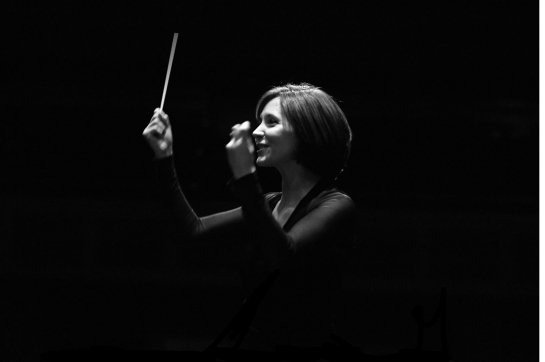
Your assistant can help you to remain 'operational'.
To help you to take care of yourself and maintain your energy levels so that your executive skills remain operational (memory, flexibility, inhibitory control), you need a partner whom you trust and who is keen to accompany you on this adventure. This is a crucial point, not a minor detail. You need an assistant. If you don't have one during the first transitional year, you'll no doubt find a way to get by without such valuable aid, but if you want to move onto the next stage and operate in fully autonomous mode, it will be difficult to do so without a partner. During the transitional period, we encourage you to actively lobby your local authority in order to secure an ally. We can assure you that, compared to this human input, obtaining all the classroom materials on your wish list is much less important. If you are lucky enough to secure the help of an assistant, it is also important to convey to them just how crucial their presence is at your side. Show them our videos, the preliminary exercises and the practical activities. In most cases, we feel that watching the videos will really help people to understand the professional approach to adopt.
One final point: there can be no autonomy without a well-ordered space.
How can you be autonomous at the age of three if you can't get your bearings within the space? How can you be autonomous and ordered if things are not organised and stored in a completely transparent way? The third thing which we therefore consider to be essential is to take great care with the layout of the space which you make available to the children. Having all the right classroom materials will not suffice if the space is not suitably organised to encourage autonomy – you'll find it very hard to get the children to be autonomous.
To summarise.
To get started, your objective needs to be the autonomy of the children. And in order to achieve this, your essential tools are: yourself, your assistant and an intelligent and ordered spatial layout. When you have all that in place, we encourage you to equip yourselves with practical activities, sense refinement materials, geography and botany activities, activities which the children are already familiar with and art activities.
And now we've made that clear, we'd like to share with you the list of activities which we had in the classroom, with rough guidance on the age to which they correspond.
We've indicated in purple the activities we suggest you introduce from the age of 3, in the first year of nursery school - but that the second-year children (and perhaps some third-years) will use too. So if you have second-year children, we advise you to procure these activities as well.
We've indicated in pink the activities we suggest you introduce from the age of 4, in the second year of nursery school - but that the third-year children (and perhaps some first-years) will use too. So if you have first or second-year children, we advise you to procure these activities as well.
We've indicated in orange the activities we suggest you introduce from the age of 5, in the third year of nursery school - but that some second-year children will use too.
In Gennevilliers, when we began in 2011 (Year 0), we had children aged three and four. We therefore chose not to offer the orange material during that year. We only had the pink and purple materials.
Practical activities
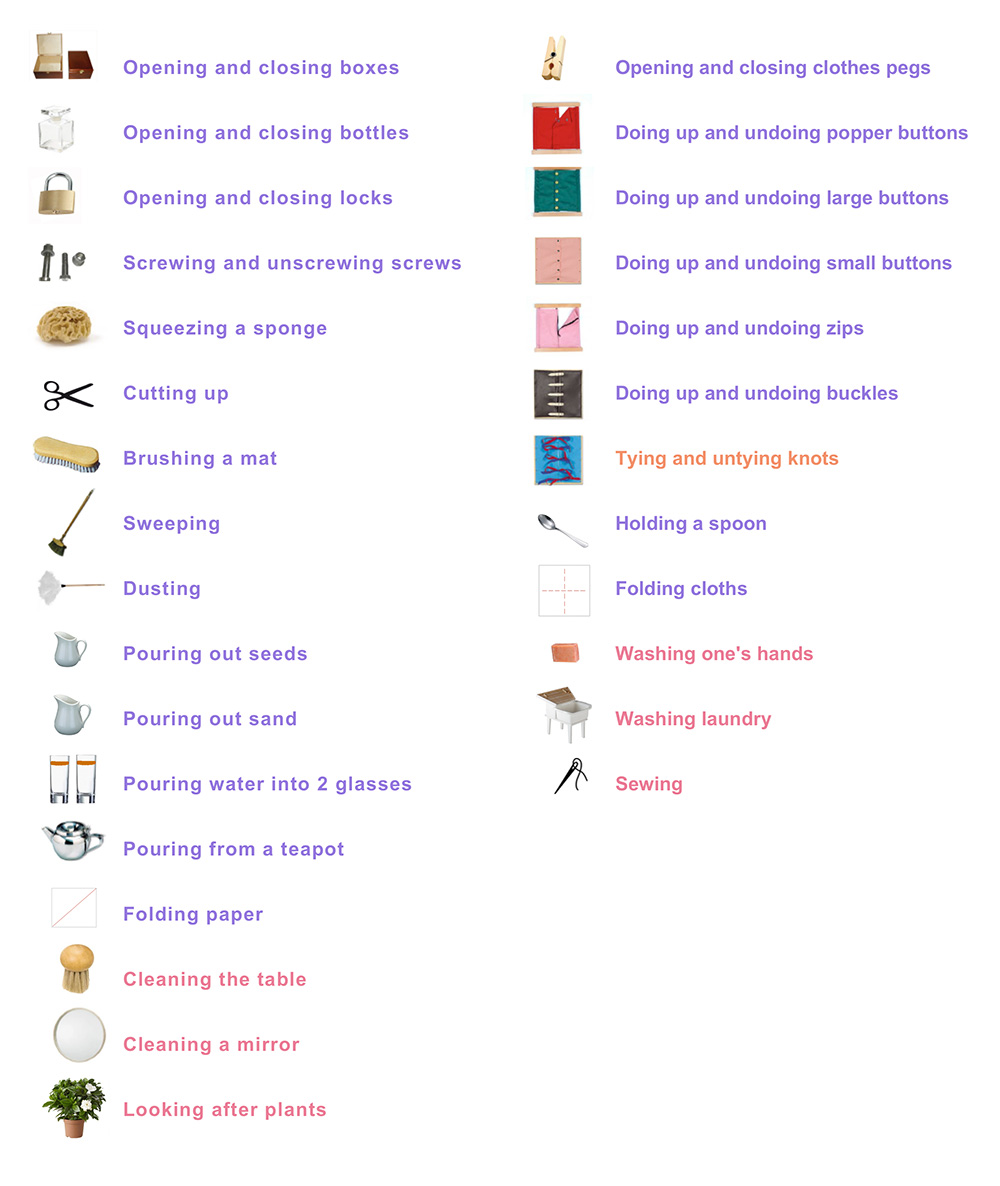
In Gennevilliers, we had nearly all the practical activities from day one of the first term. We had prepared them during the summer and then during the first weeks of the class. For example, the laundry washing activity was only introduced in October when we had managed to procure the washtub.
You'll notice that the practical activities are mainly activities for three and four-year-olds. However, if you begin with five-year-olds who have not got used to doing things on their own and using their hands (and whose executive skills will therefore certainly be less developed), it is important to offer practical activities. Try to start with activities like Pouring water into two glasses, Pouring from a teapot, Folding paper, Cleaning the table, Washing the laundry, Sewing, Cleaning a mirror, Polishing brass, Looking after plants, Doing up and undoing buckles, Tying and untying knots. In subsequent years, when your third-years are the oldest in your class and they are already familiar with these activities, it would be a good idea to introduce other activities of a greater level of difficulty – while still applying the same principles (practical, cultural, ordered and with a well-defined objective) – such as weaving, knitting, looking after a vegetable garden, building huts or small items of wooden furniture, preparing a meal (a fruit or vegetable salad, for example), making small items of clothing, etc.
Refining the senses & Discovering culture
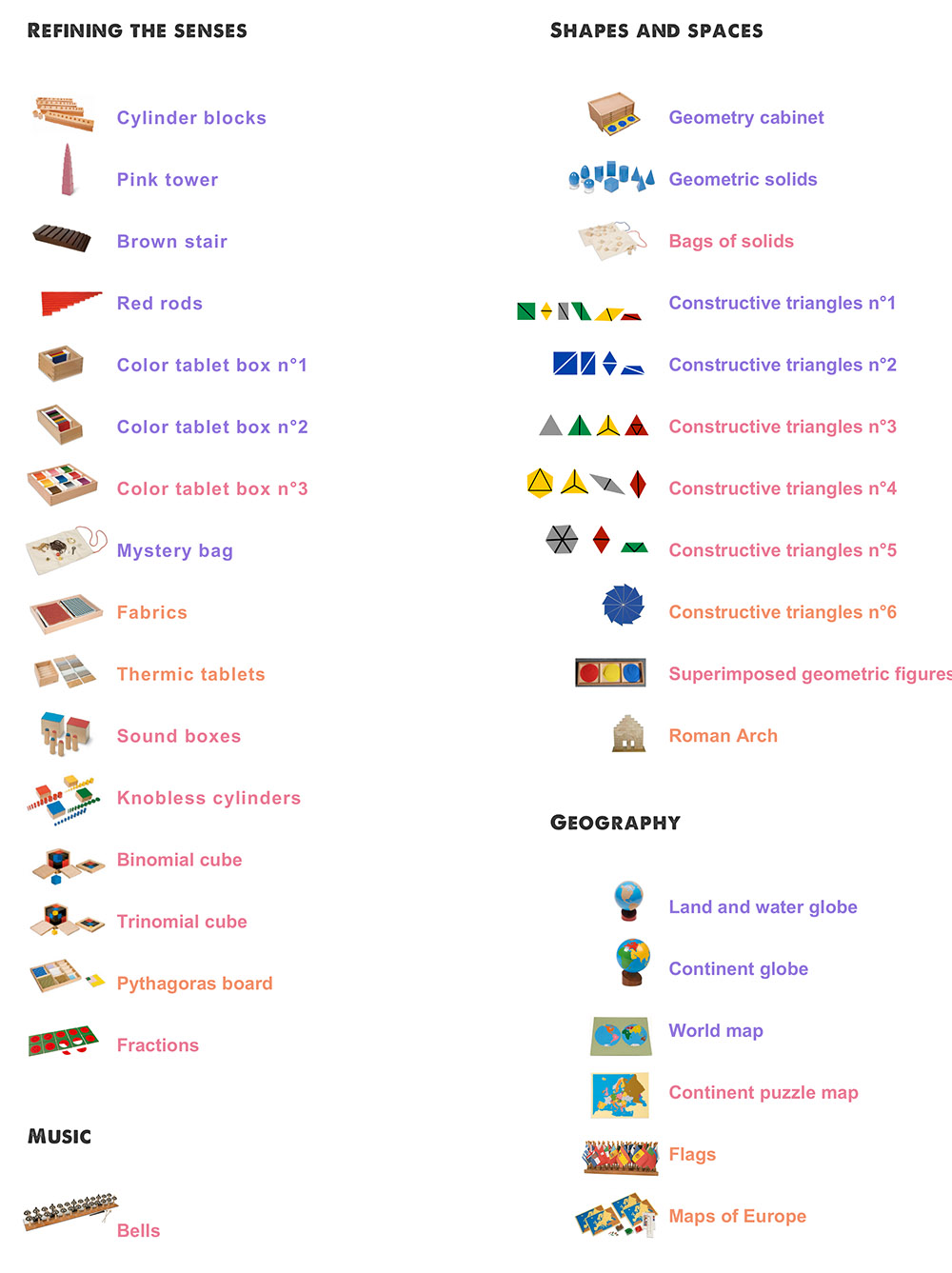
We had all the sensory activities on the first day of the first term except for the Bells, Fabrics, Thermal Tablets, Pythagoras Board, N°6 Constructive Triangles, Roman Arch, Flags, Maps of Europe and Fractions.
If you're starting with five-year-olds who have never used these activities, you will of course first need to present to them the activities for four-year-olds in order to check what notions they have already acquired. We suggest you introduce them to the Colour Tablet Boxes N°2 & N°3, the Sound Boxes, all the Constructive Triangles, the Binomial and Trinomial Cubes and all the geography materials. We advise against starting with the Bells: they need to be struck very lightly (otherwise, they will ring too loudly) and that requires the children to have developed good inhibitory control.
Language
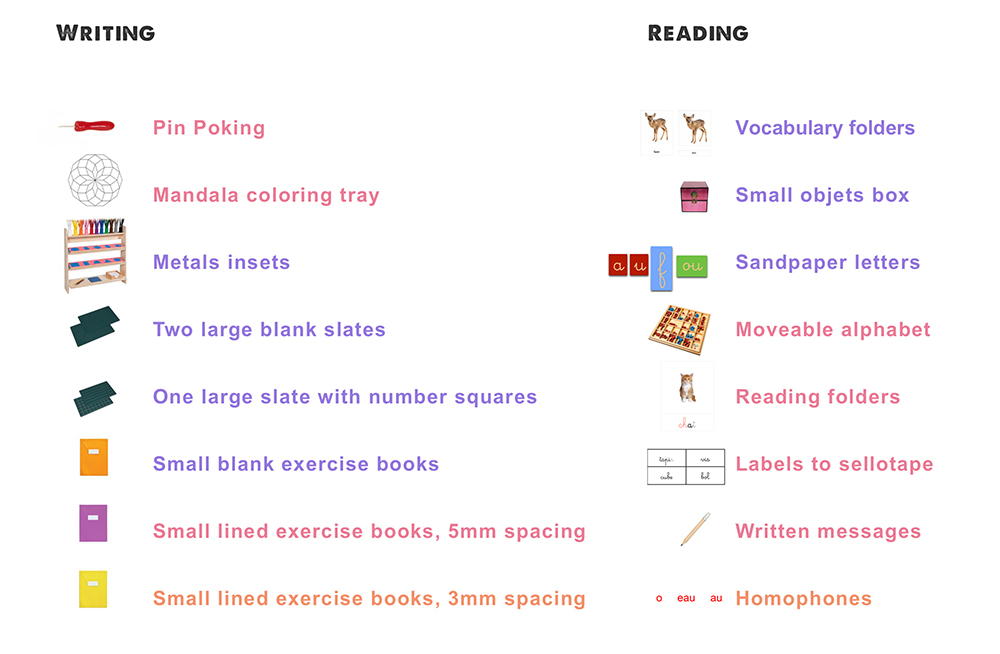
On the first day of the first term, we had all the writing materials. However, for reading we only had the Vocabulary Folders, the Objects Box and the Sandpaper Letters, and even then, we only had a few Vocabulary Folders at the start – we created more throughout the year.
If you're starting with four and five-year-olds, we suggest you start the reading activities right from the beginning to be sure that each child has solidly acquired the basics. The basics consist of two key skills: a good awareness of phonemes (namely, being able to hear the sounds which make up words) and a good capacity to associate the sounds they hear (phonemes) with the corresponding graphemes (letters or digraphs). In other words, in preparing them for reading you can go ahead and start with just the Small Objects Box and the Sandpaper Letters, regardless of the age of the children in your class at the start.
Mathematics
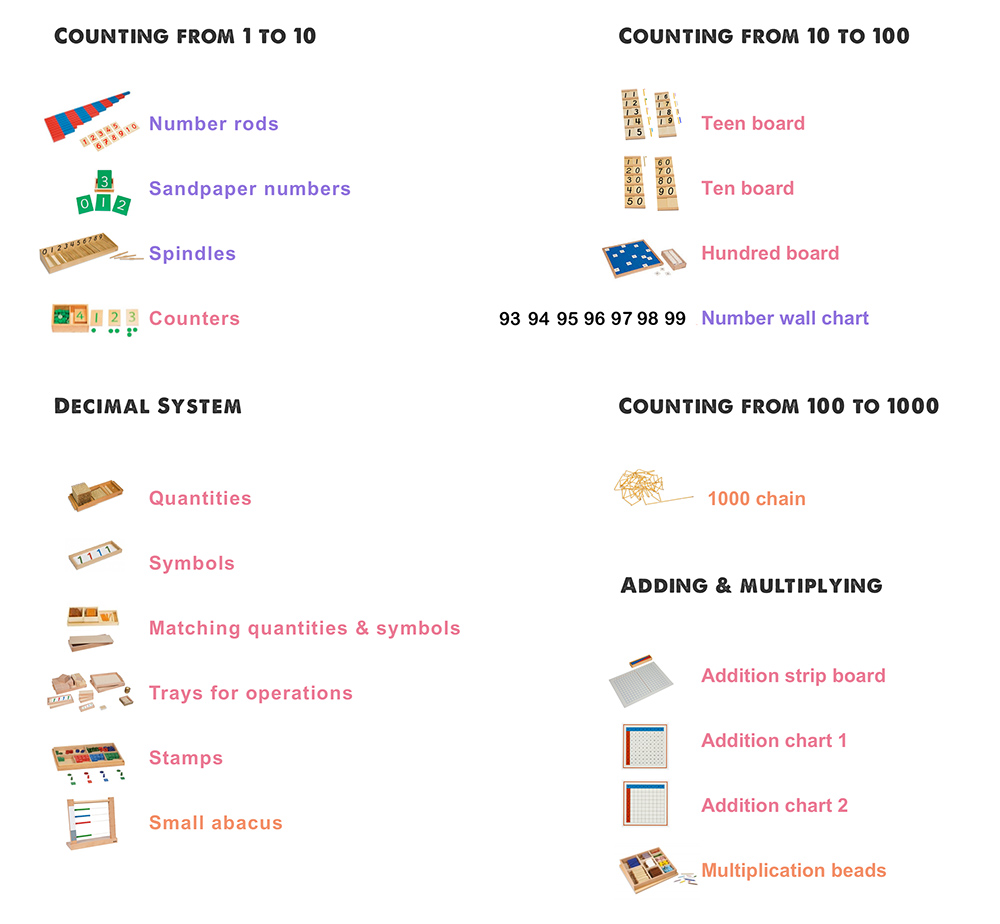
During the first term we only had the Sandpaper Numbers and the Number Rods. The other activities were introduced into the classroom over the course of the year.
If you're starting with five-year-olds, you will of course first need to introduce them to the activities designed for four-year-olds and check individually at the start of the year that the key notions have been solidly acquired. In other words, for the 'new' third-year children we strongly advise you to check that counting from 1 to 10 has been properly acquired and to present to them the decimal system activities, then counting from 10 to 100 etc. For four-year-olds who are encountering this material for the first time, the same applies: we suggest you start again at the beginning to make sure that the basics have been solidly acquired before moving onto the next stage.
Art activities
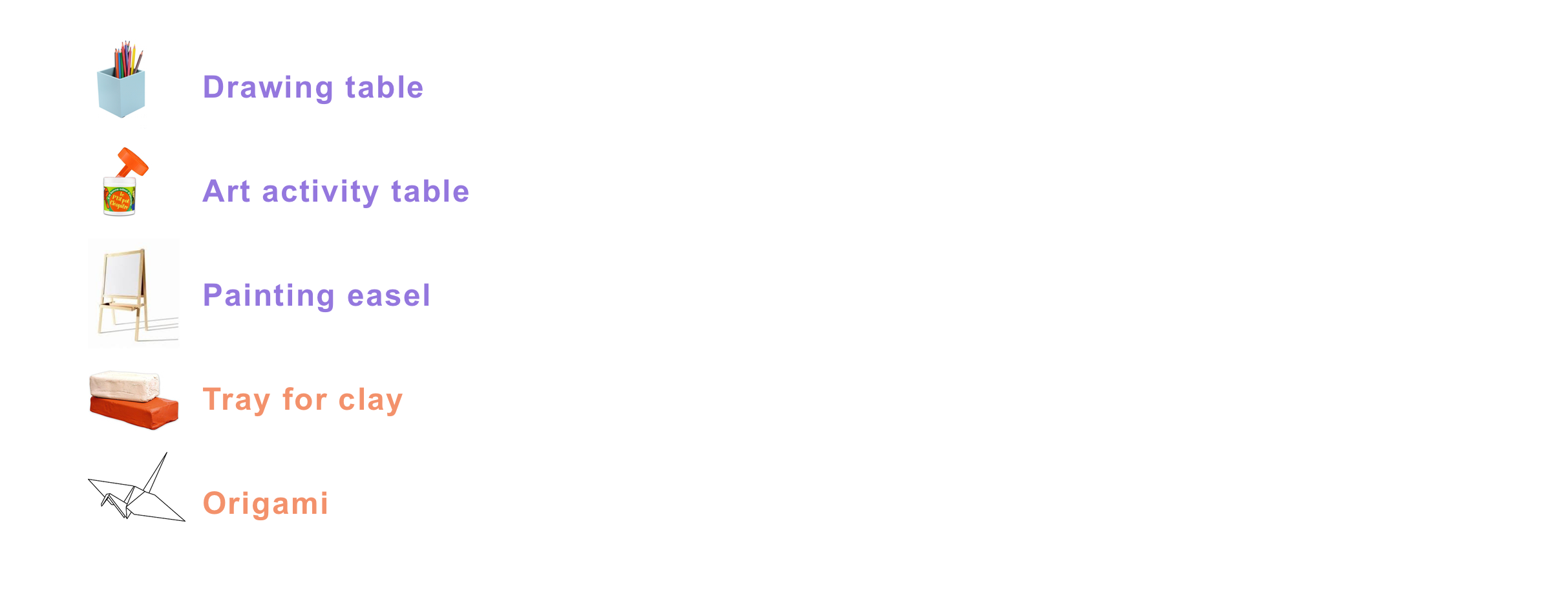
If you are starting off with older children, we advise you to begin like we did with the first three activities. It is important that they first of all learn to use them on their own in an ordered way - from start to finish without once calling on the teacher - before moving onto more elaborate activities.
But don't forget: autonomy, autonomy, autonomy. That should be your mantra during these first years when you are getting started. Autonomy at home, autonomy in the school corridor, autonomy in the classroom, autonomy in the playground, autonomy in the canteen - autonomy everywhere. And in order to achieve this noble objective, which enables the children to construct their intelligence efficiently and with pride, the materials are only an aid – your best tool is you yourself.

